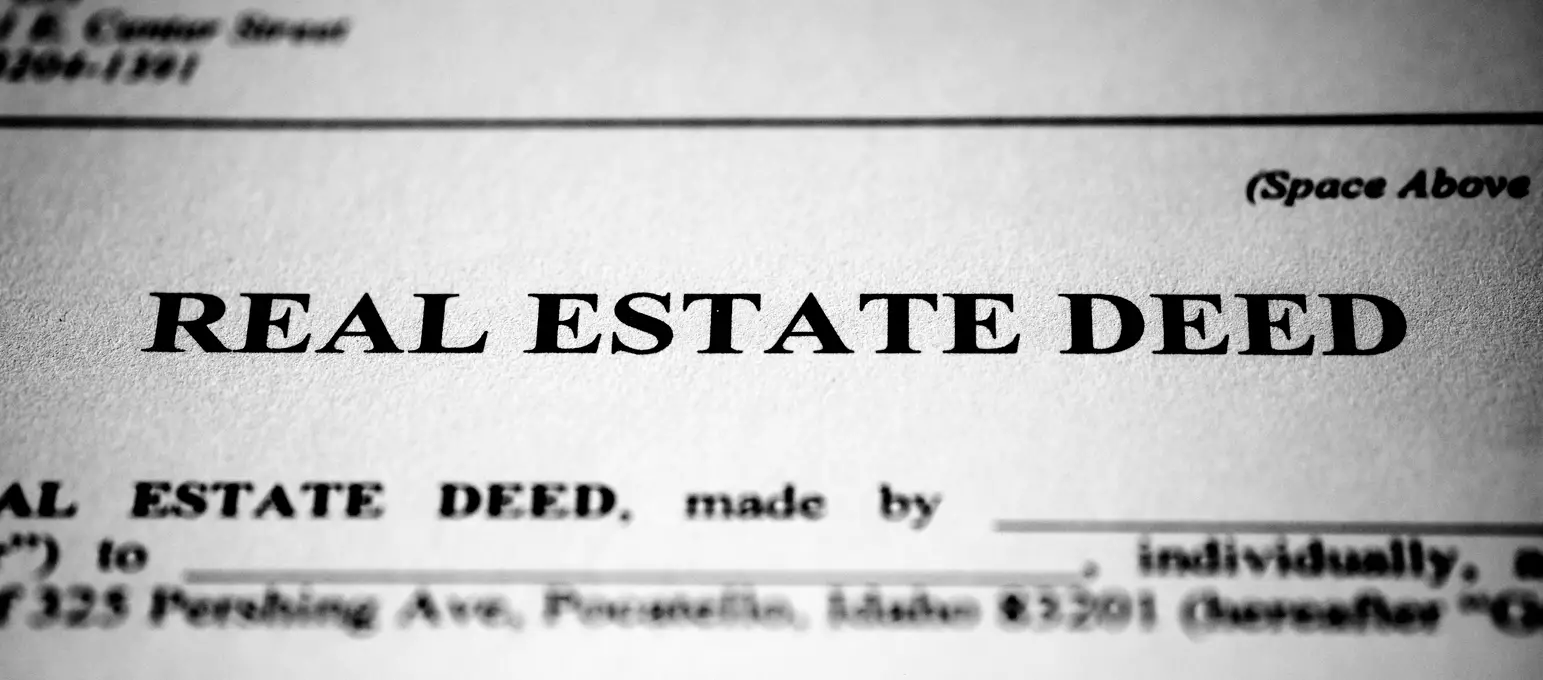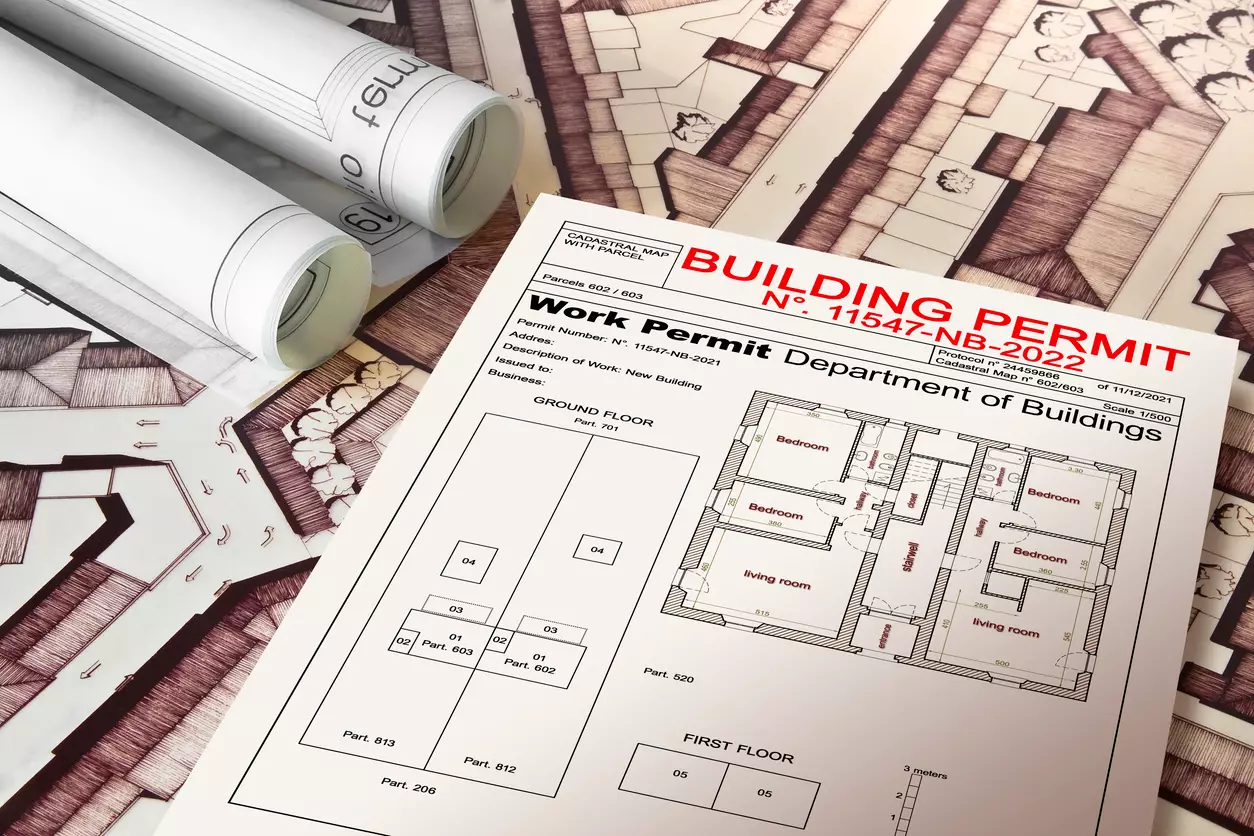What is Fractional Ownership in Real Estate

As the cost of high-value assets continues to rise due to inflation, many investors are seeking more affordable ways to build their portfolios. Fractional ownership offers a practical solution by allowing multiple individuals to share ownership of an asset. By pooling their resources, investors can access opportunities that may otherwise be out of reach, making it easier and more cost-effective to invest in real estate, businesses, or other valuable assets. Hence, this concept is fast becoming popular for vacation homes, luxury residences, and real estate investment opportunities.
What Is Fractional Ownership?
Fractional ownership is a unique arrangement in which multiple investors or persons collectively share the ownership of a single high-value asset. Rather than having a single individual own the entire property, each investor or individual holds a fraction, such as 1/4 or 1/8, which grants them a share of the equity and a set amount of time to use the property every year. While this ownership framework is popularly used for real estate properties, it also works for valuable artworks, luxury items like private jets, yachts, and classic cars.
Fractional ownership allows the unique feature of allowing people to enjoy high-end real estate or other property without bearing the full costs and responsibility of sole ownership. Fractional ownership agreements are typically structured through a legal entity like a limited liability company (LLC) or governed by an elaborate co-ownership agreement.
How Fractional Ownership Works
Fractional ownership works by allowing buyers to collectively buy and co-own a property. Before a fraction is purchased, the potential buyer is vetted for financial stability, creditworthiness, lifestyle compatibility, background check, and commitment to terms. This process is required to ensure co-owners maintain harmony and ensure that shared investment remains financially and operationally stable.
If the potential buyer passes the vetting process, they are allowed to purchase an equal share of ownership in the property, such as an eighth or quarter. Ownership is typically divided into equal shares via a legal entity like an LLC. Time usage of the property is scheduled through systems like rotating calendars or reservation platforms to ensure fair access to the purchased property. Also, a professional property management agency is hired to handle maintenance, cleaning, and repairs of the property.
When a co-owner decides to exit the fractional ownership arrangement, they may sell their share, subject to certain restrictions outlined in the ownership agreement, such as the right of first refusal by other co-owners or designated resale processes.
Fractional Ownership vs. Timeshare
Although some people think fractional ownership is the same as timeshare, they are different concepts. The following table highlights key differences between the two concepts.
|
Feature |
Fractional Ownership |
Timeshare |
|
Legal Ownership |
Yes (real property) |
No (right to use) |
|
Legal Structure |
LLC or co-ownership agreement |
License or lease-like agreement |
|
Ownership Structure |
Buyers own a percentage of the property, such as 1/8 and 1/4. |
Buyers purchase the right to use the property for a specific time period. |
|
Resale Value |
Owners can benefit from the property value |
Rarely appreciated; little to no resale value |
|
Cost |
Higher initial investment, but higher value |
Lower upfront cost, but ongoing fees may be high |
|
Management |
Managed by a third-party company or co-owners. |
Managed by the timeshare company or developer. |
|
Usage Flexibility |
Usage is flexible. Typically, usage is proportional to the ownership share, such as 1/8 share = 6.5 weeks per year. |
Usage is fixed or rotating, based on purchased time slots (such as 1-2 weeks). |
|
Exit Strategy |
Resell or transfer a share like other real estate |
The resale market is limited and typically low-value |
Benefits of Fractional Ownership
Fractional ownership offers certain attractive benefits such as the following:
- Affordability: Fractional ownership allows multiple buyers to share the cost of purchasing and maintaining a high-value property. This makes luxury real estate or property more accessible to individuals who may not be able to afford full ownership. Expenses such as taxes, insurance, and repairs are also split, reducing the financial burden for each owner while still enjoying the benefits of owning part of a premium property.
- Low Maintenance: In fractional ownership, a third-party such as a professional property management company typically handles all maintenance tasks such as cleaning, repairs, landscaping, and utility payments. Hence, co-owners do not have to worry about coordinating services or overseeing property upkeep. This hands-off approach ensures the property stays in top condition without requiring much effort from each co-owner, making fractional ownership more convenient and stress-free.
- Investment Potential: Unlike a timeshare, fractional ownership affords co-owners a real stake in the property, meaning their share may appreciate as the property’s value increases. If the market performs well, owners may decide to exit by selling their shares for a profit. This offers a wealth-building opportunity through the ownership experience.
- Flexibility: Fractional ownership generally allows more usage time than a traditional timeshare and provides access to high-demand locations. Scheduling systems are often fair and rotating, giving each owner equal opportunity to use the property during peak seasons. This flexibility lets owners enjoy extended stays, better locations, and more personalized use, enhancing the overall value and satisfaction of the investment.
- Legal Ownership: Buyers receive a deeded interest in the property, which is recorded like any other real estate transaction. This means they legally own a percentage of the property and have the right to sell, will, or transfer their share. Unlike timeshares, which are usage rights, fractional ownership confers true property rights, giving owners security and full legal recognition of their investment.
Risks and Considerations
While fractional ownership may be a smart way to co-own a luxury property, this concept is not without potential drawbacks. Some key considerations every buyer should evaluate before committing to a fractional ownership arrangement are highlighted below.
- Limited Usage: Since the property is co-owned in a fractional ownership, access to the property is divided among multiple parties. This limits how often each co-owner may use the property each year, and prime time slots may rotate or require advance booking.
- Resale Challenges: Selling a fractional share may be more difficult than selling a full property. The market is smaller, and potential buyers may be unfamiliar with the concept. As a result, it may take time to find a buyer, and the resale value may vary.
- Conflicts with Co-Owners: Disagreements may arise over scheduling, property use, or financial responsibilities, especially in arrangements that are self-managed. Without clear agreements or detailed communication, conflicts may create stress and disrupt the enjoyment of the property.
- Fees and Costs: While ownership costs are shared, annual fees, maintenance charges, and management expenses can add up. Unexpected repairs or special assessments may also arise, requiring all co-owners to contribute additional funds beyond regular payments.
- Market Volatility: Like any real estate investment, fractional properties are subject to market conditions. Property values may fluctuate, affecting potential returns on investment. Economic downturns or changing demand in the property market may impact the worth of the owners' shares.
Who Is It Best For?
A fractional ownership arrangement best suits individuals seeking the benefits of property ownership without the full costs or responsibility attached to owning the property. Also, it is suitable for vacationers who need only part-time access to a luxury home, allowing them to enjoy high-end properties at a fraction of the price.
A fractional ownership concept may appeal to investors seeking exposure to real estate without a full financial commitment. Hence, family or close friends may find fractional ownership useful if they want to co-own a second home for shared use.
Furthermore, anyone looking to own legal rights to a property and any potential appreciation that may come with owning real estate but does not want to use the property year-round, may consider a fractional ownership arrangement.
Real-Life Examples or Platforms
Several online platforms specialize in fractional ownership deals, making it more accessible and streamlined for interested buyers. Examples of such platforms are Pacaso, Kocomo, and Ember, which provide services like connecting co-owners, managing the property, and facilitating transparent agreements.

For instance, a luxury vacation home valued at $4 million is listed on a fractional ownership platform available for purchase. Instead of purchasing the property outright, the home is divided into eight shares, with each share costing $500,000. Buyers may acquire a specific fraction of the property and corresponding usage rights, which are allocated using a rotating calendar or reservation system.
The fractional ownership platform will manage all aspects of the property, from maintenance and repairs to scheduling and conflict resolution. On the other hand, co-owners share the costs of upkeep, property taxes, and management fees, which are proportional to their ownership percentage. If a co-owner decides to sell their share, the platform may assist with the resale process, ensuring a smooth transaction.
Search Property & Deed Records
Table of Contents
Related Articles
Recent Articles
-
![]() Best Real Estate Markets to Invest in 2025 for Maximum Returns
Best Real Estate Markets to Invest in 2025 for Maximum Returns
-
![]() What Is Appraised Value and What Does a Property Appraiser Do?
What Is Appraised Value and What Does a Property Appraiser Do?
-
![]() What Is a Property Deed Transfer and How Does It Work
What Is a Property Deed Transfer and How Does It Work
-
![]() Everything You Need to Know About Building Permits in Florida
Everything You Need to Know About Building Permits in Florida
-
![]() Everything You Need to Know About Commercial Property Insurance
Everything You Need to Know About Commercial Property Insurance










